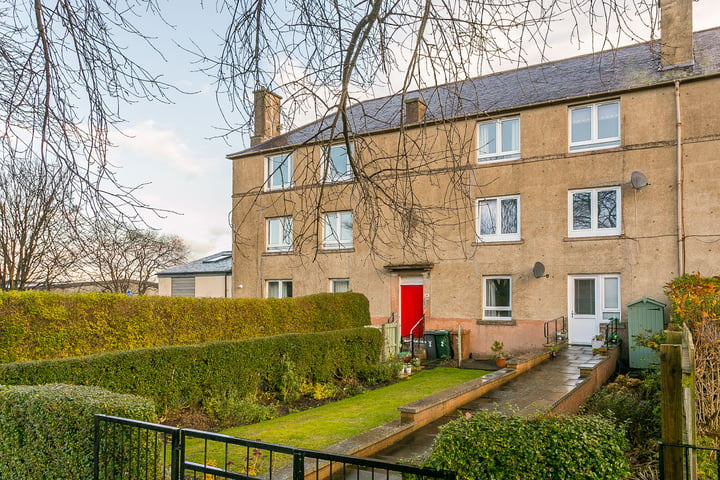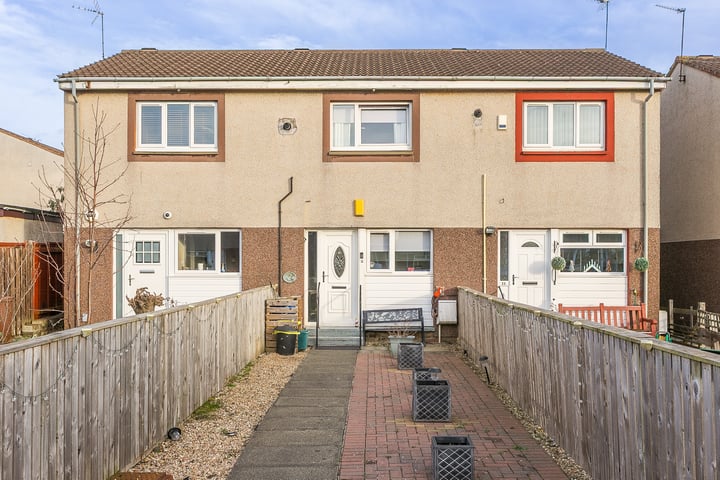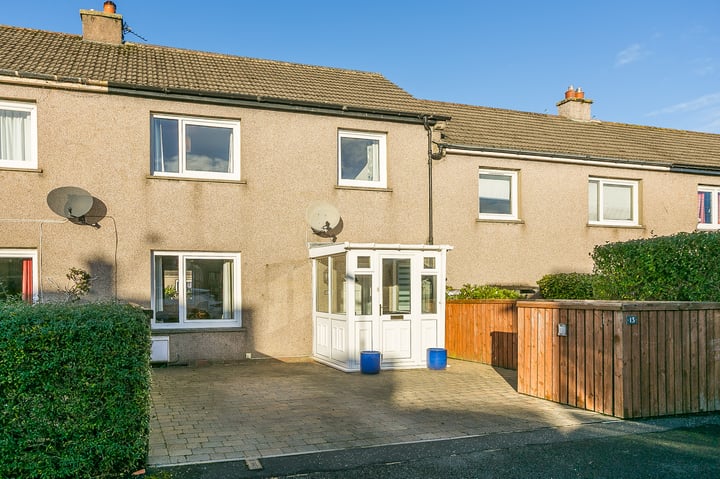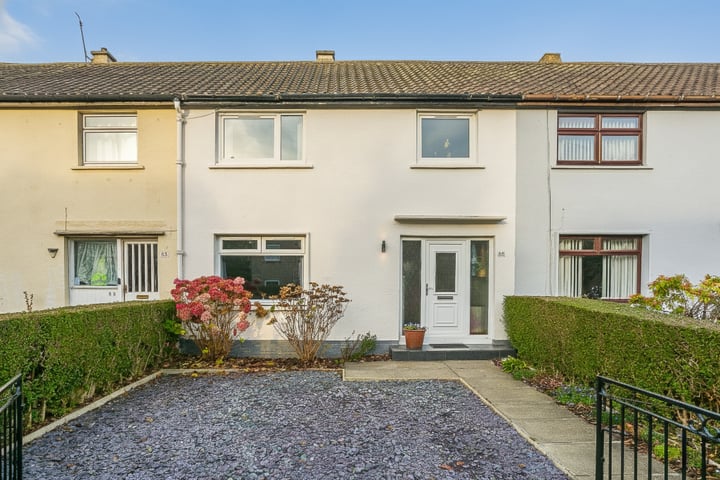Note that the Scottish Government announced new rates of Land and Buildings Transaction Tax (LBTT) on 21 January 2015. For the most up-to-date position, as of 23 January 2015, please look at: http://www.mov8realestate.com/2015/01/changes-lbtt-rates-april/
Within weeks of the UK Government’s changes to Stamp Duty, and with less than three months to go before Stamp Duty Land Tax (SDLT) is replaced with Land and Buildings Transaction Tax (LBTT) in Scotland, the Scottish Conservatives, one of the three main opposition parties, have proposed a set of alternative rates and thresholds for LBTT, which they’re hoping will form the basis of debate for the upcoming budget. The net effect of implementing these alternative rates would be to bring LBTT more in line with the UK-wide SDLT rates which have applied since early December 2014, reducing any difference between Scotland and the rest of the UK.
SDLT has applied in its current form since 2003, and in a number of other forms since the 1950s. The Scottish Government has legislated to replace SDLT with LBTT from April 2015 (the beginning of the 2015-2106 budget year), and announced projected rates and thresholds for LBTT. A few weeks after the rates were announced, the UK Government, with no advance notice at all, then implemented immediate changes to the SDLT rates and thresholds.
For a full analysis of these changes, see our previous articles on the subject, in the ‘Property News’ section of our blog (http://www.mov8realestate.com/category/news/) –
In short, the effect of all of this was that Scotland was left in the situation where a ‘new Stamp Duty’ would apply between early December 2014 and 1 April 2015, when LBTT would then come into force for purchases with a settlement date on or after 1 April 2015. Now, only a few weeks after the introduction of ‘new Stamp Duty’, temporarily in Scotland’s case, one of the three main opposition parties in Scotland, the Scottish Conservatives, have proposed an alternative version of the LBTT rates and thresholds, in the hope that this alternative will be debated in advance of the 2015-2016 budget actually finalising what the rates of LBTT will be from 1 April 2015 onwards.
Below you’ll find a wee history of all of these changes as well as details of what these proposals are and, perhaps most importantly, how they affect you if you are thinking of buying or selling a property in Scotland.
Background/History
For sixty years or so, residential property buyers in the UK have paid Stamp Duty Land Tax on their purchases. Much of the criticism of the SDLT regime in recent years has centred around it being a ‘slab tax’, where the taxation rate increased as the purchased property’s value increased, with the higher rate applicable to the whole purchase price, leading to significant distortions in the market around the thresholds, particularly at the £250,000 level, where the tax payable jumped from £2,500 to £7,500. This led to the SDLT being used as a negotiating point by buyers to secure a purchase below the threshold, and also led to a ‘gap’ in the market at the price points immediately above.
Scottish Government makes plans to replace Stamp Duty in April 2015
The first tax-raising legislation to be drafted by the Scottish Parliament was to replace SDLT in Scotland with Land and Building Transaction Tax (LBTT), due for implementation on 1 April 2015. The projected rates and thresholds differ from SDLT, but the most significant difference is that LBTT will be a progressive tax, where the higher rates are only charged on the excess over and amounts between the thresholds, not on the full purchase price.
The legislation received Royal Assent in 2013, and the proposed rates and thresholds were announced in early October 2014. At this point, solicitors and estate agents all over Scotland were able to put training for staff, advice for clients and other preparations in place for the implementation of LBTT on 1 April 2015. Everything seemed to be in hand. But then…
Stamp Duty was changed for the whole of the UK (including Scotland)
On 2 Dec 2014, the UK Government, who still held control over the UK-wide SDLT legislation, decided, as part of the Chancellor’s autumn statement, that SDLT for the whole of the UK would be amended with immediate effect, to a progressive tax structure with a DIFFERENT set of rates and thresholds from LBTT. This resulted in the following set of key dates:
Until 3 Dec 2014 – ‘Old’ Stamp Duty in effect for the whole of the UK
4 Dec 2014 onwards – ‘New’ Stamp Duty comes into effect for the whole UK
1 April 2015 – LBTT comes into effect in Scotland only
So, with the aid of a multitude of calculators and spreadsheets we reckoned we had a handle on what effect this would have on buyers and sellers who buy and sell between 4 Dec 2014 and 1 April 2015. But then…
An Opposition Party in Scotland (Scottish Conservatives) proposed alternative rates and thresholds for LBTT
In mid-December the Scottish Conservatives issued a call for another, totally different, set of rates and thresholds for LBTT! At this stage, this is merely a ‘request’ on the part of the opposition party, and it’s expected that the rates and thresholds for LBTT, which still have to be finalised by the Scottish Parliament, will be debated in the Scottish Parliament as part of the process for determining the budget for 2015-16. So, to summarise the changes;
The ‘old’ Stamp Duty bands, applicable before 4 Dec 2014, were:
Purchase Price up to £125,000 – 0%
£125,000 to £250,000 – 1%
£250,000 to £500,000 – 3%
£500,000 to £1,000,000 – 4%
£1,000,000 to £2,000,000 – 5%
Over £2,000,000 – 7%
Note that these rates applied to the full amount of the purchase price. The new SDLT bands implemented in early December 2014 for the whole of the UK, with the rates applicable on a progressive basis to only the amounts above and between the thresholds, were:
£125,000 no tax
up to £250,000 – 2% (of the bit between £125,000 and £250,000)
up to £925,000 – 5% (of the bit between £250,000 and £925,000)
up to £1.5m – 10% (of the bit between £925,000 and £1.5m)
Above – 12% (of the bit above £1.5m)
The existing LBTT bands, proposed by the Scottish Government, for 1 April 2015 in Scotland, also on a progressive basis, are:
£135,000 no tax
up to £250,000 – 2% (of the bit between £135,000 and £250,000)
up to £1m – 10% (of the bit between £250,000 and £1m)
Above £1m – 12% (of the bit above £1m)
The Scottish Conservatives now propose alternative LBTT bands of:
£140,000 – no tax
up to £250,000 – 2% (of the bit between £140,000 and £250,000)
up to £500,000 – 5% (of the bit between £250,000 and £500,000)
up to £1m – 10% (of the bit between £500,000 and £1m)
Above £1m – 12% (of the bit above £1m)
The political reasoning behind the Conservative proposals centres on the ‘block grant’ allocation of funds from Westminster. The original LBTT proposals preceded the SDLT change in early December, with this change meaning that the Scottish Government will now not need to collect as much in taxation, allowing the rates of LBTT to be reduced overall.
An overall reduction such as this allows the opposition party to promote this as being beneficial to the general public, and portray the current governing party’s higher rates as less beneficial.
Genuine benefit to the public or attractive ‘soundbite’? We’ll leave this to you to decide. Either way…
What’s going to happen next?
It remains to be seen whether or not this proposal, or any further lobbying by the Scottish Conservatives, will result in a revision of the proposed LBTT rates and thresholds to be implemented in April. Although the legislation to enact LBTT on 1 April has been passed through the Scottish Parliament, at the time of writing the associated legislative order which will finalise these rates and thresholds has not, leaving the overall financial position still in doubt.
Summary / Our Advice / Recommendations
We’d love to be able to provide definitive advice to all our clients and prospective buyers, but here we are, less than twelve weeks away from LBTT going ‘live’, without a definitive version of what the changes will entail.
Given that the average time to conclude missives and secure entry on a property sale is around 6 – 8 weeks, time is getting short. The changes between SDLT and LBTT will, in many cases, have a significant effect on the finances of buyers and sellers; on a purchase at £300,000, LBTT is £2,300 more than SDLT. This is quite a considerable incentive for a buyer to settle on their purchase before 1 April. The differences can also significantly affect sellers who anticipate an onward purchase, and can also affect the strategies of their buyers.
Any changes to the proposed bands at this late stage could well have an unsettling effect on the market, but by the same token, could generate increased activity, with buyers and sellers who stand to benefit being significantly motivated to complete their sales and purchases before 1 April.
In short…we have to act on the basis of the information we currently have. The Scottish Conservatives’ proposals are just that: they aren’t in government. Therefore, for the time being, the LBTT rates that were proposed are still in force and should be borne in mind by potential property buyers. However, it does no harm to keep an eye on this blog meantime to keep informed about any changes as and when they may happen.
We’ll keep you informed
Rest assured, we’ll be keeping a close eye on the situation, and as soon as any further announcements are made, we’ll be updating this blog as soon as we can. Keep an eye on our website to keep up with current and future events.
If you need more specific advice with regard to your own sale or purchase, please don’t hesitate to drop us an e-mail, or give our Negotiation Team a call for advice!






Leave a Reply